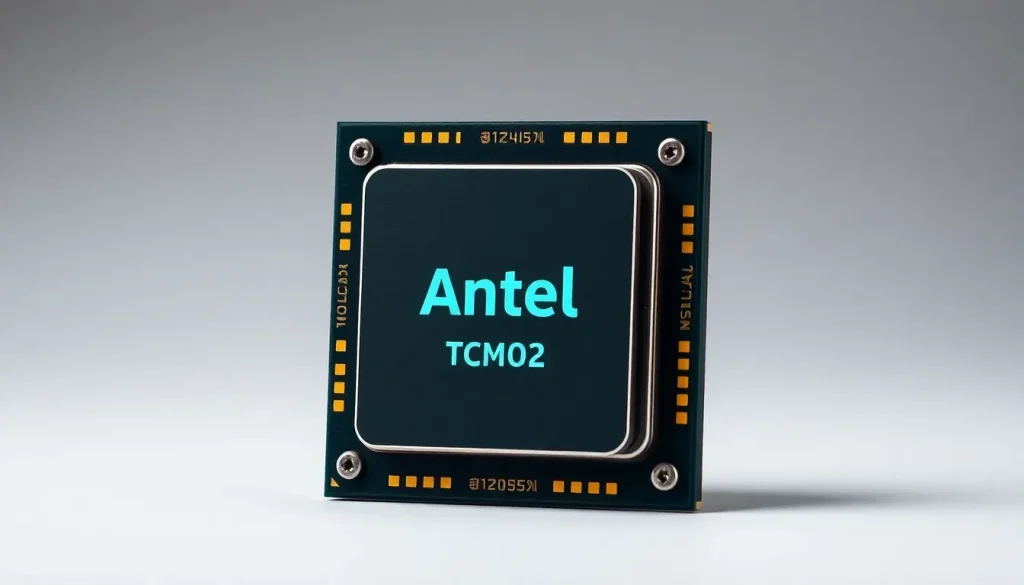AMD and Intel CPU Prices Increasing Trends

As the demand for computing power continues to surge, particularly due to advancements in artificial intelligence, the prices of CPUs from major manufacturers like Intel and AMD are experiencing significant increases. This trend is not just a temporary fluctuation, but rather an indicator of broader market shifts that could affect consumers and businesses alike. Understanding the dynamics behind these price changes is crucial for anyone looking to upgrade or purchase new hardware.
Current trends in CPU pricing
Recent reports indicate a consistent rise in prices for both Intel and AMD CPUs. This trend has been observed globally, with notable increases in regions such as South Korea and Hong Kong. The escalating costs are attributed to a variety of factors that are reshaping the CPU market.
For Intel, the price hikes are particularly evident in their Raptor Lake processors, which have seen noticeable increases. The twelfth, thirteenth, and fourteenth generations of Core i CPUs are all affected, leading to a worrying trend for consumers. Similarly, AMD’s Ryzen 5000 series is also experiencing price increases, although the reasons may differ.
Factors influencing the rise in CPU prices
Understanding why CPU prices are rising involves examining several key factors:
- Increased demand from AI: The rapid advancement of AI technologies has created a spike in demand for high-performance CPUs, as industries seek to harness computational power for machine learning and deep learning applications.
- Supply chain constraints: Ongoing global supply chain issues have led to shortages in semiconductor manufacturing, which in turn affects CPU availability.
- Aging products: As AMD's Ryzen 5000 series approaches its end-of-life, stock levels are dwindling, leading to increased prices as retailers capitalize on scarcity.
- Market speculation: Resellers may increase prices based on anticipated future shortages, pushing current prices higher even if supply has not yet been affected.
While these factors create a complex landscape, the interplay between AI demand and production capabilities appears to be a significant driver in the current price increases.
Price adjustments across different CPU models
The price hikes are not uniform across all models. Notably, certain CPU lines have remained stable:
- Core Ultra 200: This series has not seen any significant price changes, likely due to stable supply and demand.
- Ryzen 9000: Similar to the Core Ultra 200, these CPUs are currently unaffected by recent pricing trends.
- Ryzen 7000: While specific pricing information for this series remains unclear, market analysts predict that they may soon experience similar increases due to the overall trend.
Prices for the affected models have seen increases ranging from $5 to $20, depending on the retailer and specific CPU model. This variability can make price monitoring crucial for consumers looking to make a purchase.
Impact on consumers and businesses
The rising prices have implications for both consumers and businesses. For individuals looking to build or upgrade their systems, these increases can lead to higher costs than originally anticipated. Businesses, especially those reliant on high-performance computing for tasks such as data analysis, gaming development, or machine learning, may face budget constraints or be pushed to delay upgrades.
However, there are strategies that consumers and businesses can employ to mitigate the impact:
- Monitor market trends: Keeping an eye on price fluctuations can help consumers make informed purchasing decisions.
- Consider alternative models: Opting for CPUs that are currently stable in price may provide a cost-effective solution.
- Bulk purchasing: Businesses may benefit from purchasing CPUs in bulk to secure better pricing before further increases occur.
Future outlook for CPU prices
The future trajectory of CPU pricing remains uncertain. Analysts suggest that unless there is a significant improvement in the semiconductor supply chain and a stabilization of AI demand, prices may continue to rise. Thus, consumers and businesses should prepare for a potentially prolonged period of elevated costs.
Additionally, advancements in manufacturing technologies, such as the introduction of new fabrication processes, could help alleviate some of the supply constraints in the long run. However, the immediate future appears to be one of caution and strategic planning for those in the market for CPUs.
For those wanting to delve deeper into the implications of these trends, the following video provides insightful commentary on the current state of CPU pricing:
Conclusion
In summary, the rise in CPU prices from Intel and AMD reflects a complex web of demand, aging products, and supply chain challenges. Understanding these factors is essential for consumers and businesses alike as they navigate the evolving technology landscape. By staying informed and strategic, they can better position themselves in a market that may continue to see volatility in pricing.




Leave a Reply